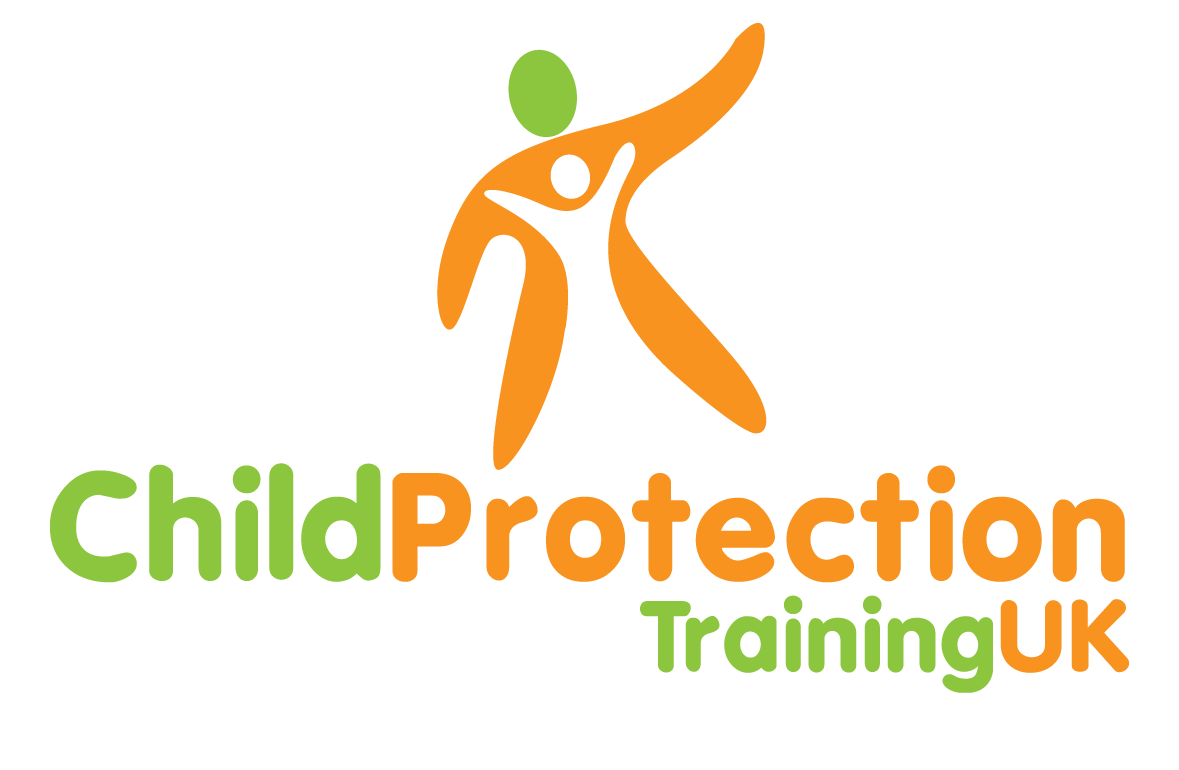THE ANNUAL BULLYING SURVEY 2015: UK BULLYING STATISTICS 2015
Ditch the Label has published its Annual Bullying Survey 2015, one of the UK’s most comprehensive reports into the bullying of young people. In partnership with 73 schools and colleges across the UK, our survey of over 4,800 young people highlights the current climate of bullying amongst 13-20 year olds. Our complementary report comes with free tips and advice for schools, colleges, parents and guardians, Government and young people on how you can help reduce the effect and prominence of bullying within your environment.
Findings
- 50% of young people have bullied another person, 30% of which do it at least once a week.
- 69% of young people have witnessed somebody else being bullied, 43% of which see it at least once a week.
- 43% of young people have been bullied, 44% of which are bullied at least once a week.
- Appearance is cited as the number 1 aggressor of bullying, with 51% saying they were bullied because of attitudes towards how they look.
- 26% said their weight was targeted, 21% body shape, 18% clothing, 14% facial features, 9% glasses and 8% hair colour.
- 23% a females with ginger hair cited their hair colour as the bullying aggressor.
- Overall, 47% of young people want to change their appearance. 48% want teeth whitening, 17% breast implants, 6% liposuction and 5% botox.
- 74% of those who have been bullied, have, at some point been physically attacked. 17% have been sexually assaulted. 62% have been cyber bullied.
- As a result of bullying, 29% self harmed, 27% skipped class, 14% developed an eating disorder and 12% ran away from home.
- Highest risk to bullying were the following groups: all types of disability, LGBT and low income backgrounds.
- 40% of respondents reported being bullied for personal appearance 36% reported being bullied for body shape, size and weight.
- Of those who were bullied, 98% were bullied by another student, 17% from a sibling, 13% from a teacher and 8% from their parents/guardians.
- 55% reporting bullying. 92% to a teacher, 49% were satisfied. 86% to a family member, 82% were satisfied. 69% to a friend, 72% were satisfied.
- 45% did not report bullying. 32% of which felt it would not be taken seriously, 32% were too embarrassed and 26% were scared of it getting worse.
- Those who have bullied were more likely to be in trouble with the Police (36%) vs. witnesses to bullying (23%) and those who have been bullied (22%).
Source: Ditch The Label : http://www.ditchthelabel.org/annual-bullying-survey-2015

